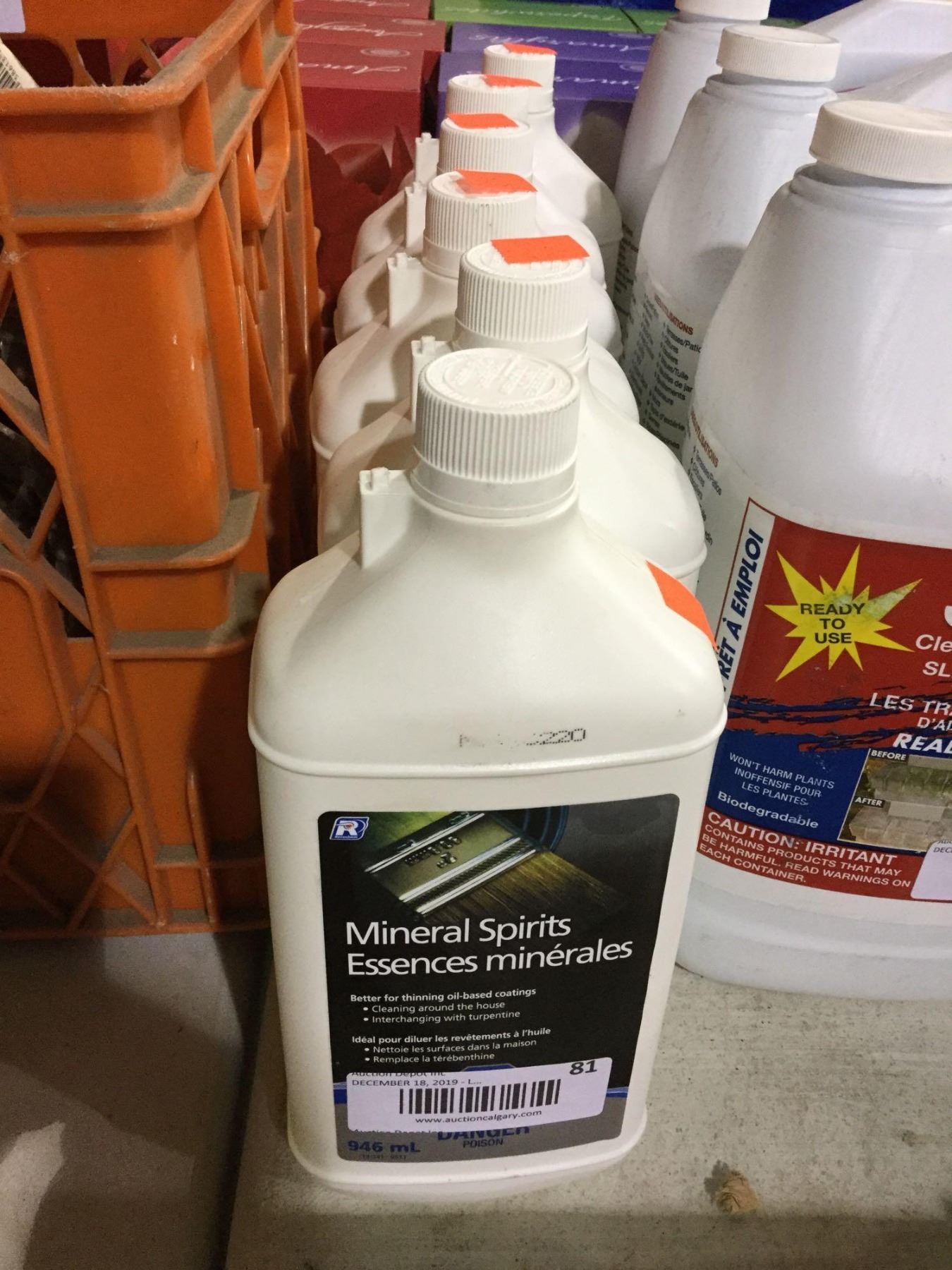

Mineral spirits are heavily refined during production to reduce toxic volatile organic compounds (VOCs) and sulfur.

In general, many DIYers find mineral spirits easier to work with than some of the other paint thinners, which can be quite hazardous and irritating. It can be a hassle to properly dispose of paint thinners.Many paint thinners are highly flammable.Paint thinners have very strong fumes and should be used in well-ventilated areas.Turpentine will remove dried paint, whereas mineral spirits removes only wet paint.Paint thinners such as turpentine have stronger solvency than mineral spirits.Non-mineral spirits paint thinners tend to be cheaper than mineral spirits.Acetone is an organic chemical, while naphtha is a hydrocarbon mixture. Turpentine is distilled from the resin of trees, mainly pine. Paint thinners are solvents used to thin oil-based paint and to clean brushes and other painting tools. While not as abrasive as some cleaners, mineral spirits are a mild irritant.Mineral spirits are not suitable for use with latex paint.Mineral spirits is often more expensive than alternative paint thinners.Paint thinned with mineral spirits dries to a smoother, more even finish.In general, mineral spirits are less smelly than alternative products, and an odorless version is available, as well.Mineral spirits are less toxic than other paint thinners.Mineral spirits is a heavily refined distillation of petroleum that is used to thin oil-based paints and to clean brushes and rollers. While, again, mineral spirits are simply a type of paint thinner, mineral spirits paint thinner has characteristics that distinguish it from other products such as turpentine or acetone.


 0 kommentar(er)
0 kommentar(er)
